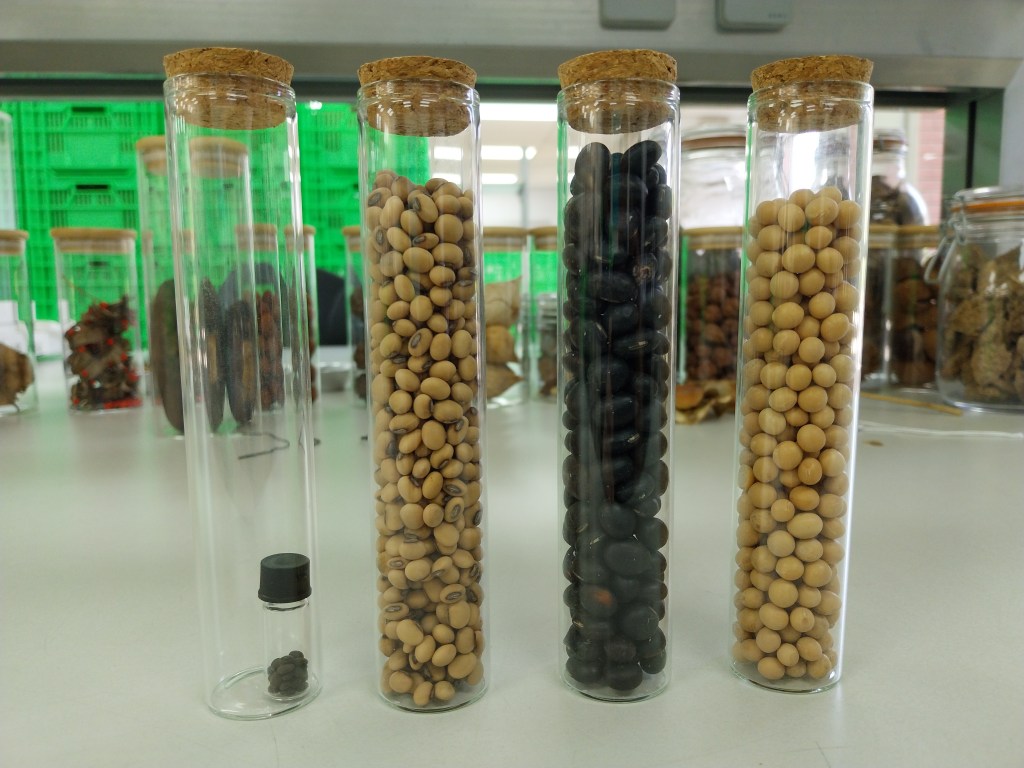
In the image above, the three glass tubes on the right contain different cultivated varieties of soybean (Glycine max), one of the world’s most important (and controversial) legume crops. The tube on the left contains the seeds of what is considered the wild ancestor of soybean (Glycine soja). Archaeological evidence suggests that by about 5,000 years ago farmers in several areas of Asia had artificially selected varieties that had much bigger seeds than the wild type. I like this image because it’s a great demonstration of the power of humans to positively influence the food that we eat – and the power of those seeds to affect us via our diets and farming methods.
Of course it’s not just soybean that’s been subject to this sort of artificial selection – we’re encountering many other species and varieties of beans at the various farmer’s markets we’re visiting here in Yunnan:

Many of these beans require pollinators such as bees to initiate or at least enhance the crop, as we found in our recent study of soybean as part of the SURPASS2 project.
I took the main image last week when I had a tour of the Germplasm Bank at the Kunming Institute of Botany, a really impressive facility that stores both seeds in deep freeze and living plants in tissue culture. It’s one of the ways in which we can help to conserve the genetic diversity of wild and cultivated plants. Here are a few more photographs from that visit:
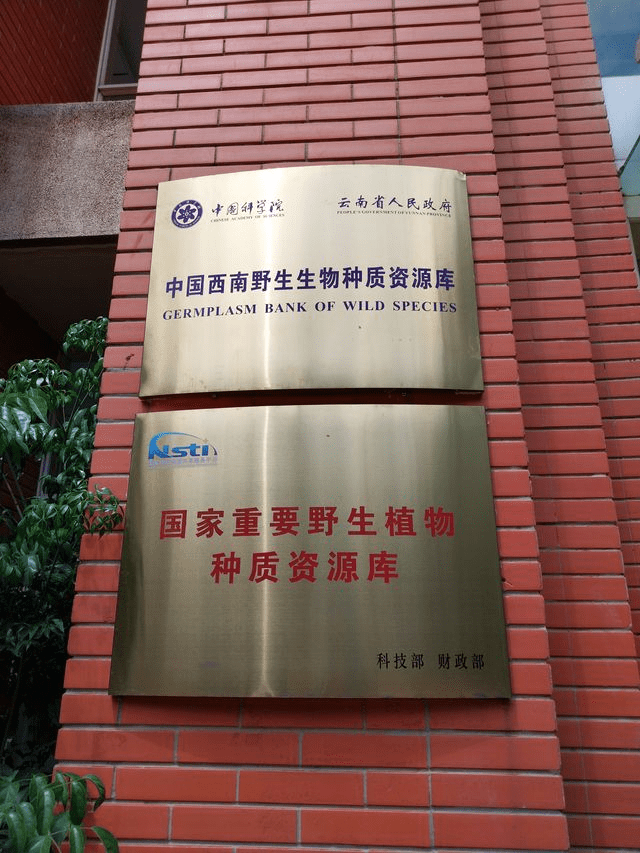
Dr Jie Cai, the manager of the seed bank, kindly hosted the tour and introduced the facility:

Seeds are stored at about -20C in huge, security-controlled freezers:
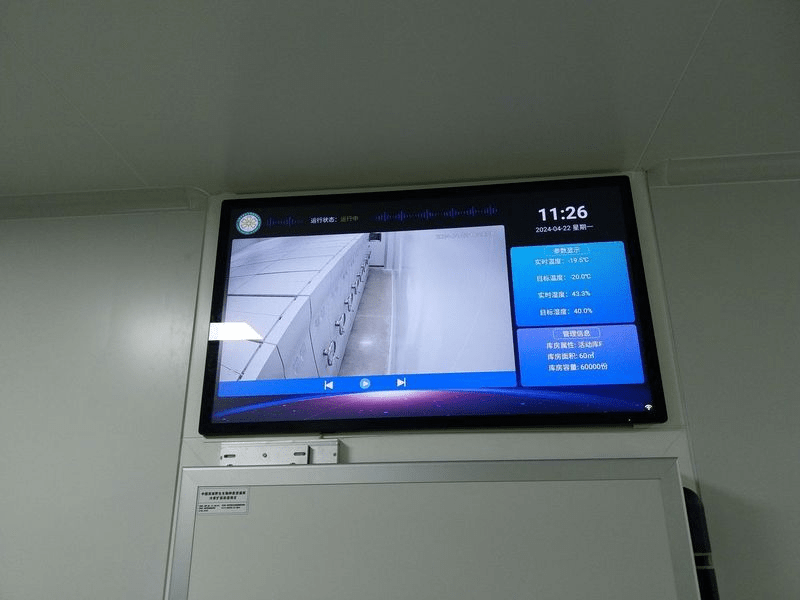
Collected seeds are first cleaned, sorted, and then counted – a laborious task that requires patience:
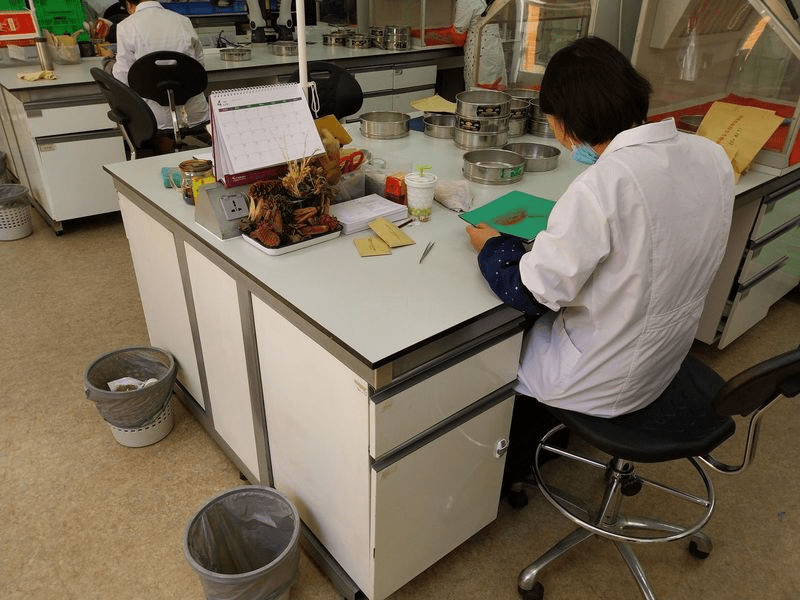
Samples of seeds are also germinated at various points to assess how well they are responding to storage:
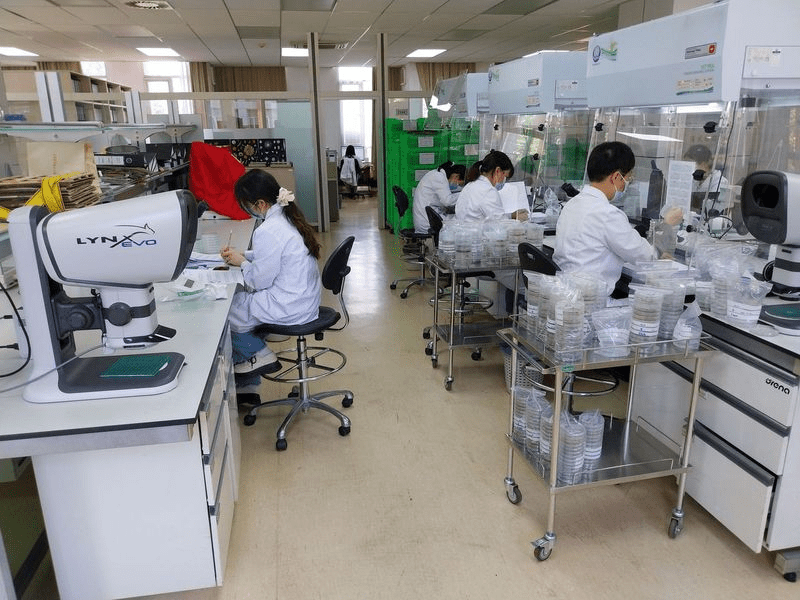

Plants with seeds that do not respond well to being stored, such as many orchids and bamboos, are grown in tissue culture:

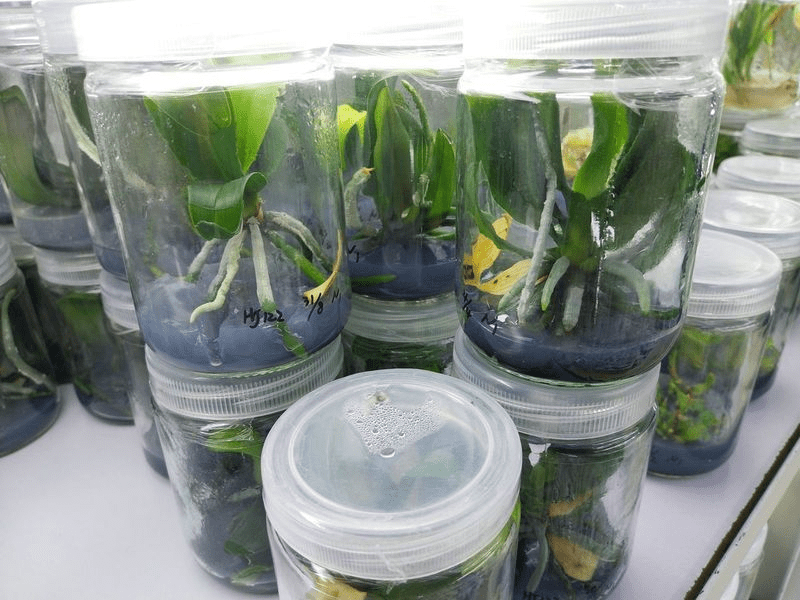
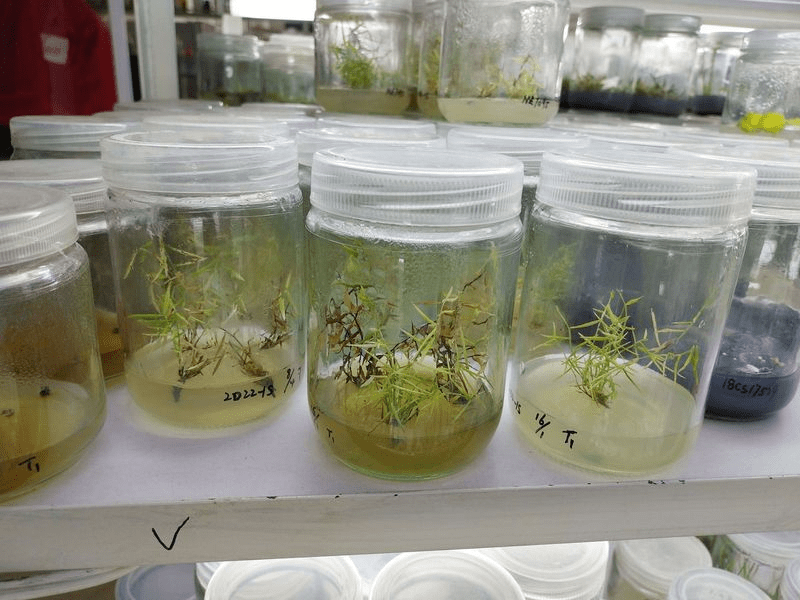
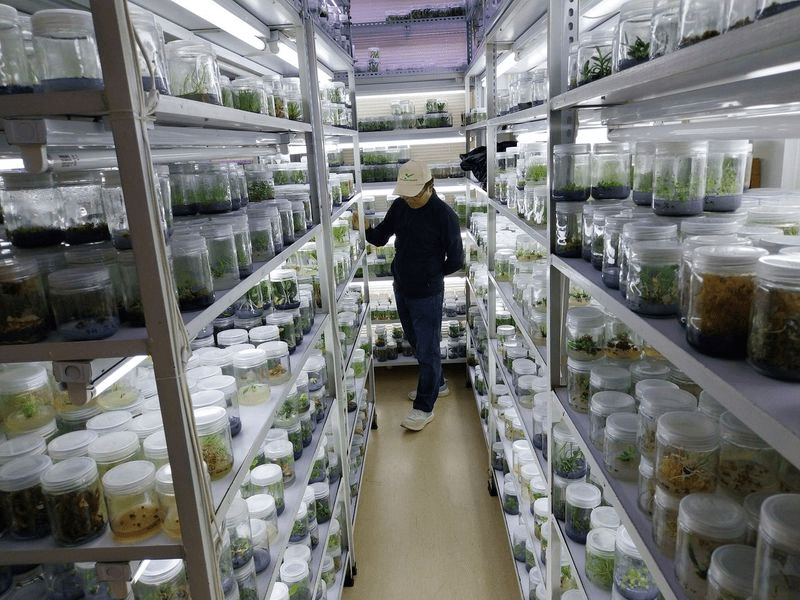
The building also hosts the genetic sequencing facility, another extremely impressive set of laboratories in which progress of sequencing the Chinese flora can be seen in real time:
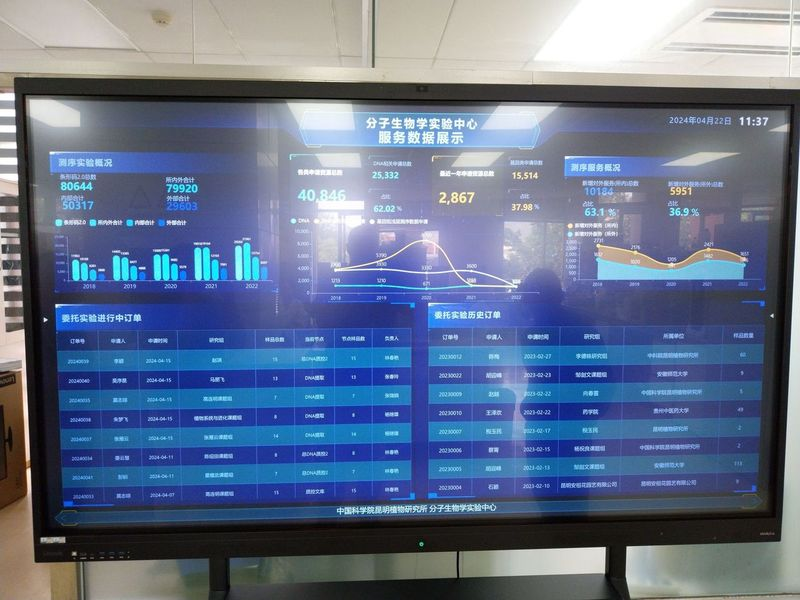

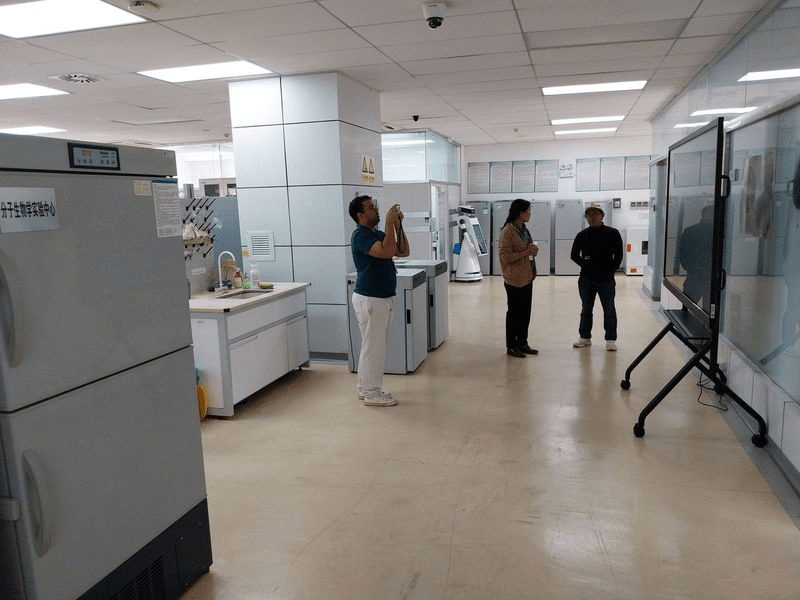

Hello Jeff,
Interesting article and I wondered if I’d even sent you the paper I wrote about Rivellia, a major commercial pest of soy bean? In case not, it’s attached for you with this email. Hope you’re having a great time in China
Kind regards, Andrew
====o0o====? Andrew E Whittington Consultant Entomologist, PhD, FRES MCSFS +44(0)74 8383 0992
https://flyevidence.co.uk/ ORCID: https://orcid.org/0000-0002-0465-1172 https://www.linkedin.com/company/flyevidence/ ZooNovahttps://zoonova.afriherp.org Entomology Editor
“Taxonomy does not need quick publications, it needs serious and solid ones. Dubois, A., Bour, R. & Ohler, A. (2015)
Thanks Andrew, yes, I think that you did.